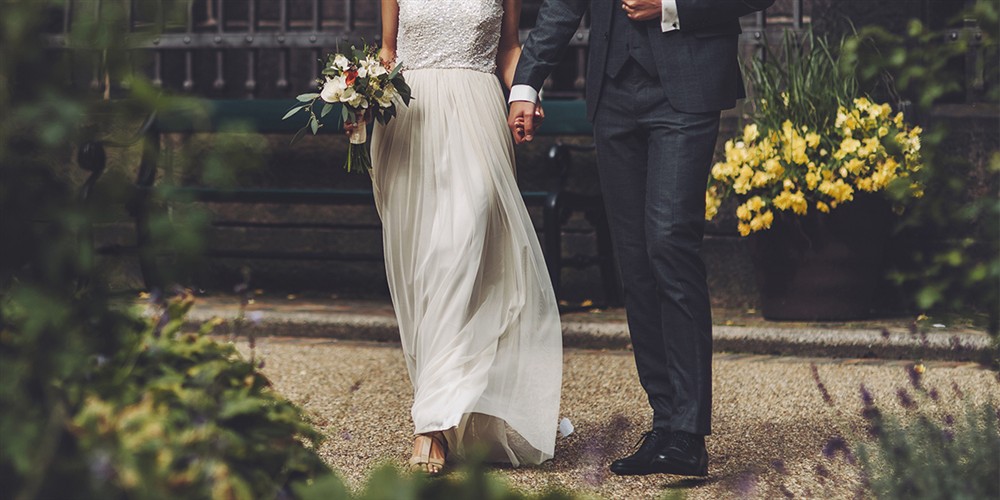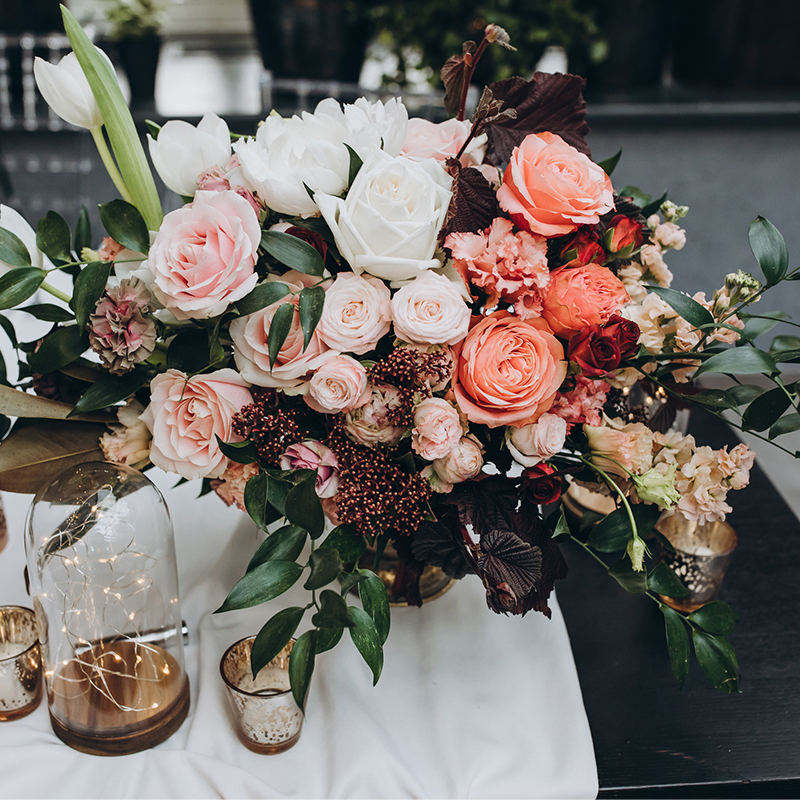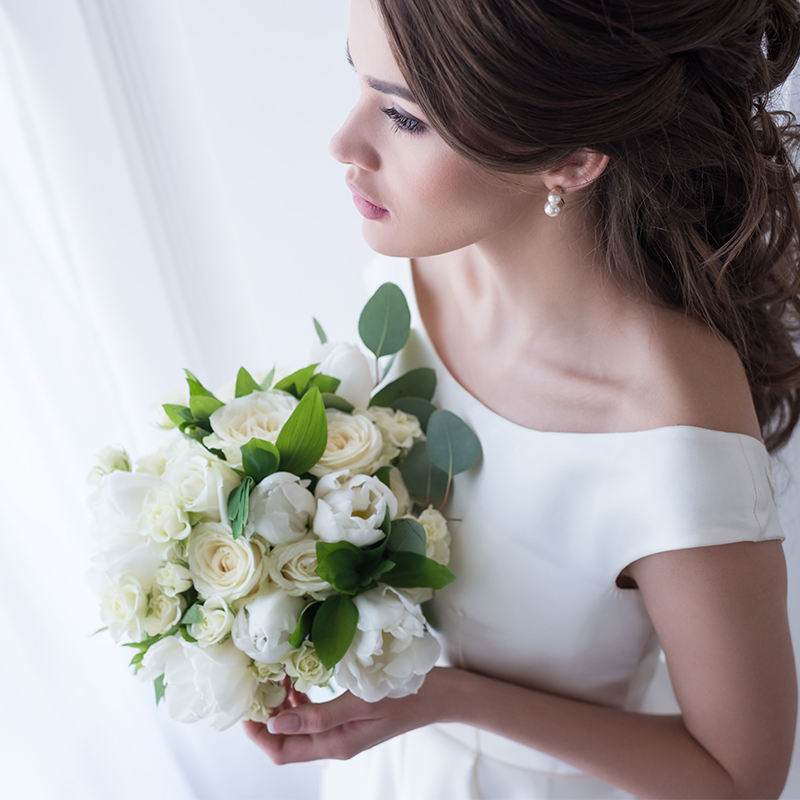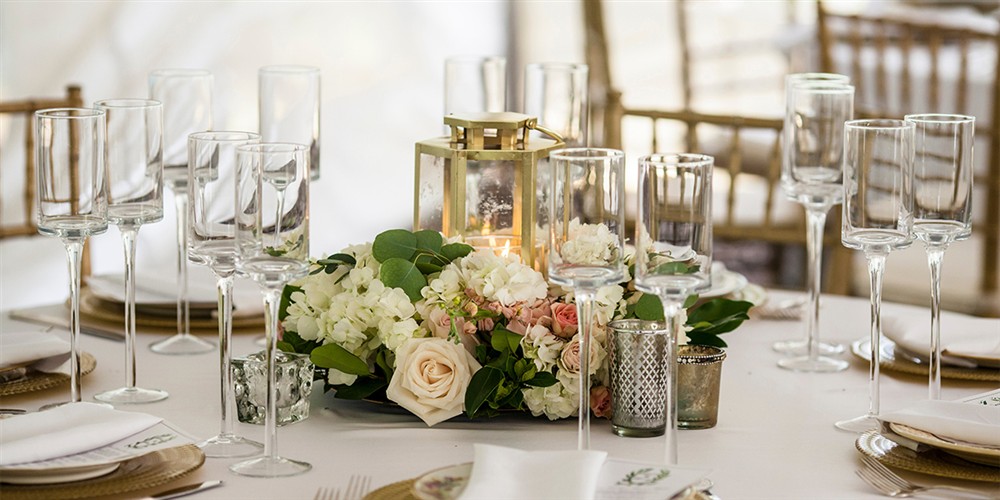Guide to Creating Your Own Wedding Flowers
Planning a wedding is personal, and so are your flowers. This practical guide is designed to help brides, florists, and DIY enthusiasts confidently create beautiful floral arrangements for weddings using a smart, structured approach. From selecting standout focal flowers to layering in supporting blooms, textures, and lush foliage, you’ll learn how to build balanced, breathtaking designs. The guide also introduces ‘smart ratios’, a simple method for ensuring harmony and proportion in every bouquet or centrepiece. Whether you're crafting posies for bridesmaids or dramatic floral arches, this guide gives you the florist’s eye and the creative freedom to bring your wedding vision to life.

1. Focal Flowers: The Stars of the Show
These are your main characters—the ones that catch the eye first. Think roses, peonies, ranunculus, or hydrangea. They’re bold, often larger, and bring shape and personality to your bouquet or centrepiece. Choose blooms that reflect your style, wedding palette, and mood.
💡 Tip: Use 3–5 focal flowers in each bridal bouquet for impact without overcrowding.

2. Supporting Blooms: The Backup Singers
Supporting flowers enhance your focal blooms and help transition between colours and shapes. Think lisianthus, spray roses, anemones, scabiosa, or even carnations. They bring harmony and rhythm to your design.
💡 Tip: Use these to add movement or a soft cascade, especially in bouquets and table runners.
3. Texture & Fillers: The Detail Makers
These are the secret ingredients that make an arrangement feel thoughtfully crafted. Waxflower, astilbe, ammi, statice, and hypericum berries are great examples. They add airiness, texture, and dimension.
💡 Tip: Use sparingly between focal blooms to keep the eye moving.
4. Foliage: The Framework
Foliage gives shape and structure. It softens and stretches the arrangement. Choose between structured greens like ruscus and eucalyptus, or opt for flowy options like ferns or jasmine vine.
💡 Tip: Use foliage to define the outline of your bouquet and add volume economically.

5. Smart Ratios
Getting the balance right is everything. Use this simple ratio guide to build a well-composed bouquet:
40% Focal Flowers
30% Supporting Blooms
20% Fillers & Texture
10% Foliage
This structure keeps everything looking intentional and balanced—without the guesswork.
Final Words
At FlowerSuppliers, we believe wedding flowers should be joyful, not stressful. That’s why we offer fresh, wholesale flowers and foliage delivered straight to your door. Whether you’re building a bouquet, buttonhole, or table runner, we’ve got the goods to bring your vision to life.


